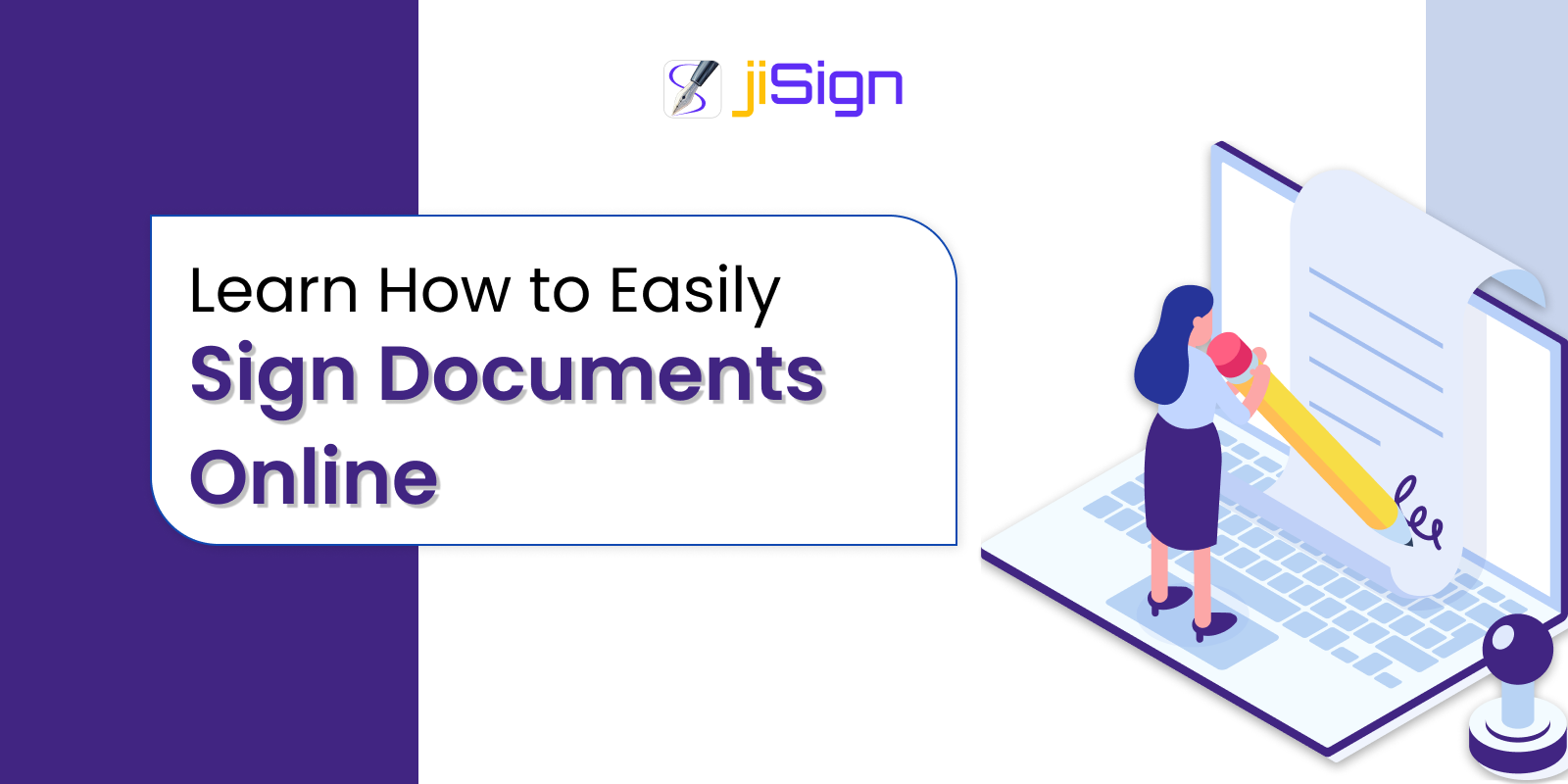In today's fast-paced digital world, the ability to sign documents online has become essential for both individuals and businesses. Gone are the days of printing, signing, scanning, and emailing documents back and forth. With the advent of electronic signature solutions, signing documents has never been easier or more efficient. In this blog, we will explore how to easily sign documents online, the benefits of using electronic signatures, and a step-by-step guide to help you navigate the process.
Understanding Electronic Signatures
Before diving into the process of signing documents online, it’s important to understand what electronic signatures are. An electronic signature (or e-signature) is a digital representation of a person's intent to agree to the contents of a document. It can take various forms, including:
Simply typing your name in a designated field.
Using a mouse or touchscreen to draw your signature.
Scanning a handwritten signature and uploading it as an image.
Electronic signatures are legally binding in many jurisdictions around the world, including the United States, European Union, and Saudi Arabia, provided they meet certain criteria.
Benefits of Signing Documents Online
Online signatures allow for immediate processing of documents. You can sign a contract or agreement in seconds without waiting for physical delivery.
By eliminating the need for paper, ink, postage, and storage space for physical documents, businesses can significantly reduce operational costs.
Sign documents from anywhere at any time using any device with internet access—be it a computer, tablet, or smartphone.
Electronic signatures streamline business processes by allowing multiple parties to sign documents simultaneously without delays.
Most e-signature platforms offer encryption and authentication features that protect sensitive information and ensure that only authorized individuals can sign documents.
Reducing paper usage contributes positively to environmental sustainability efforts.
Step-by-Step Guide to Signing Documents Online
Here’s a simple guide on how to easily sign documents online using popular e-signature platform like jSign:
Select an e-signature service that suits your needs. Such as:
jSign: Provides an intuitive portal for managing document signatures.
Most e-signature platforms require you to create an account before you can start signing documents. Sign up using your email address and create a secure password.
Once logged in, upload the document you need to sign. This can typically be done by dragging and dropping the file into the designated area or clicking an "Upload" button. Supported file formats usually include PDF, Word (DOC/DOCX), Excel (XLS/XLSX), and image files (JPG/PNG).
Choose how you want to sign the document:
Draw Your Signature: If you prefer a handwritten look, use your mouse or touchscreen to draw your signature.
Type Your Name: Simply type your name into the designated field; many platforms offer font options for customization.
Upload an Image: If you have a scanned image of your signature, upload it directly onto the document.
After creating or selecting your signature, place it in the appropriate location within the document. Most platforms provide a drag-and-drop interface that allows you to position your signature exactly where it’s needed.
If required by the document, you may also need to fill out other fields such as dates or checkboxes. Use the platform's tools to add any necessary information before finalizing your signature.
Take a moment to review the document and ensure that all information is correct and that your signature is properly placed. Once satisfied, confirm your signature by clicking on the “Finish,” “Sign,” or equivalent button.
After signing, you will usually have the option to download the signed document directly to your device or share it via email with other parties involved. Ensure that all relevant parties receive their copies for record-keeping purposes.
Security Considerations When Signing Documents Online
When using e-signature platforms, security should always be a top priority. Here are some key security features offered by reputable e-signature services:
Most platforms use advanced encryption methods (such as SSL) to protect data during transmission.
Many services provide multi-factor authentication (MFA) options that require additional verification before allowing access.
E-signature solutions often include detailed logs that track who signed what and when, providing transparency in case of disputes.
Some platforms offer features that ensure any changes made after signing are detectable.
Conclusion
Signing documents online has transformed how we conduct business and manage paperwork in our daily lives. With user-friendly e-signature platform like jiSign, anyone can easily sign important documents quickly and securely from anywhere in the world. By embracing electronic signatures, you not only save time and resources but also contribute positively to environmental sustainability efforts while ensuring compliance with legal standards. Whether you're an individual needing to sign a rental agreement or a business looking to streamline contract management processes, learning how to easily sign documents online is an invaluable skill in today’s digital age. Explore these tools today and experience firsthand how effortless document signing can be. Contact us today.











Share this post on: